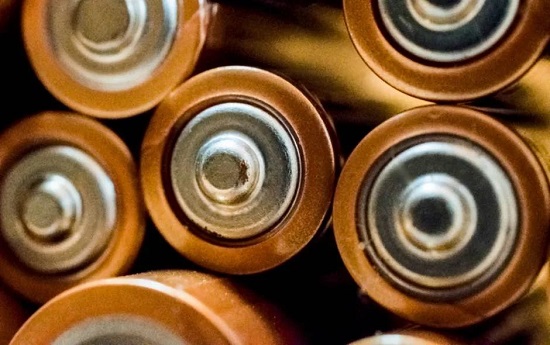Power battery demand promotes the development of manganese-based lithium battery materials. The development of any lithium battery technology is inseparable from the core points of energy density and production cost.
The energy density of lithium iron manganese phosphate is higher than that of lithium iron phosphate Lifepo4, but the cost of the two is similar. The energy density of lithium-rich manganese-based materials and layered lithium manganate is better than that of ternary materials.
With the rising cost of raw materials, the enthusiasm for developing these cathode materials will naturally increase.

Manganese-based lithium batteries
Recently, DS Technology announced that the R&D of lithium iron manganese phosphate materials has been completed and is currently in the stage of customer certification. BASF SS announced that manganese-rich battery materials have achieved ton-scale production…..In recent years, manganese-based batteries including lithium iron manganese phosphate and lithium-rich manganese-based batteries have attracted much attention, and related companies have accelerated their deployment.
Prospect
What is the prospect of manganese-based lithium-ion batteries?
Lithium iron phosphate battery (Lifepo4) and ternary lithium battery are the mainstream power batteries currently used in electric vehicles.
In March of this year, Tesla CEO Elon Musk said, “I think manganese-based lithium batteries have potential.” He further stated that “under very large demand (for batteries) , we need tens of millions or even hundreds of millions of tons of raw battery materials. Therefore, The materials used for mass production of batteries must be ordinary materials, otherwise it cannot be scaled.”
On Tesla Battery Day in 2020, Musk also said that it is relatively simple if the battery cathode material is made of 2/3 nickel and 1/3 manganese, which makes it possible to increase the battery capacity by more than 50% with the same amount of nickel.
Existing battery type
At present, the mainstream manganese-based batteries include lithium manganate, lithium iron manganese phosphate, and lithium-rich manganese-based batteries.
Industry insiders believe that among manganese-based materials, lithium iron manganese phosphate, as one of the most important improvement directions for lithium iron phosphate, is expected to take the lead in industrial application.
It is understood that lithium iron manganese phosphate is a solid solution of lithium iron phosphate and lithium manganese phosphate, which retains the excellent safety and stability of lithium iron phosphate, and has a higher voltage platform and the same theoretical gram capacity as lithium iron phosphate. Therefore, Under the same conditions, its theoretical energy density is about 20% higher than that of lithium iron phosphate batteries.
At present, battery manufacturers with lithium iron manganese phosphate technical reserves include CATL, BYD, GX Hi-Tech, etc. mainly focusing on patent technology research and development and investment layout.
Cathode manufacturers such as DF Nano, ZB New Materials, and Tianjin Strand are all involved in manganese-iron-lithium products.
At present, the energy density of lithium iron phosphate batteries is close to the electrochemical limit, and the cost of ternary lithium batteries is soaring due to the recent price fluctuations of nickel and cobalt.
At the same time, compared with nickel and cobalt, manganese reserves are relatively sufficient. In this context, the advantages of manganese-based batteries are further highlighted.





